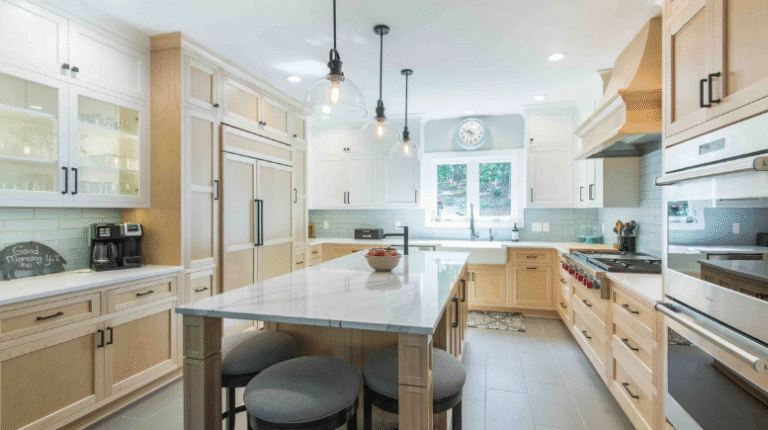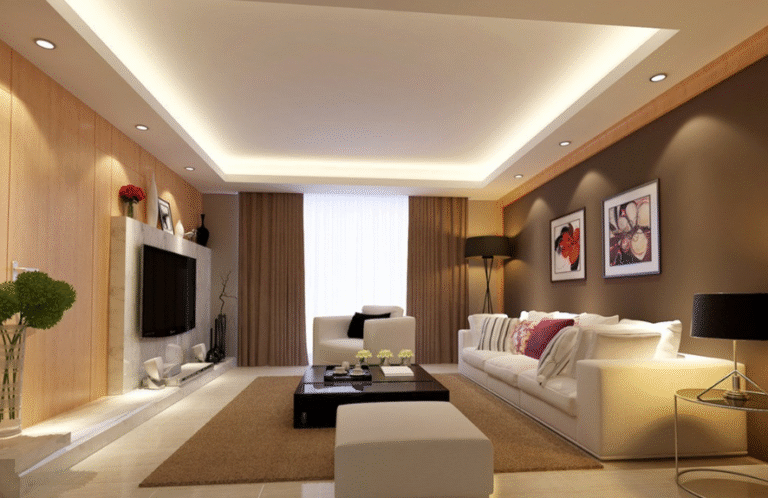Architectural Water Feature Designs for Ponds and Gardens
A well-crafted pond water feature transforms ordinary landscapes into living artworks, where architecture meets nature in fluid harmony. From minimalist blade cascades to sculptural sphere fountains, these designs elevate ponds and gardens into immersive retreats that engage sight, sound, and spirit. The modern pond water feature is no longer an afterthought—it is the centerpiece that defines spatial rhythm, enhances biodiversity, and reflects personal or institutional identity. This guide explores innovative architectural approaches, material strategies, and integration techniques to help you design a pond water feature that resonates with its environment and endures through seasons.
The Role of the Pond Water Feature in Landscape Architecture
At its essence, a pond water feature serves as both functional ecosystem and aesthetic anchor. Architecturally, it establishes visual hierarchy—drawing the eye across layered plantings or framing distant vistas. Functionally, moving water oxygenates the pond, supports aquatic life, and prevents stagnation. Contemporary designs treat the pond water feature as a structural element, embedding it into hardscapes, walls, or elevated platforms to blur boundaries between built form and natural flow.
Leading landscape architects now specify pond water features during schematic design, ensuring pump capacity, filtration, and overflow align with site hydrology. The result: systems that perform silently behind the scenes while delivering dramatic foreground effects.
See also: How to Plan and Budget for Lighting Design Services
Core Design Principles for Architectural Pond Water Features
Laminar Flow vs. Turbulent Expression
- Laminar (Glass-Like Sheets): Blade spillways or acrylic channels produce mirror-flat water veils—perfect for reflecting sky or surrounding architecture. Ideal for modern minimalist gardens.
- Turbulent (Natural Cascades): Stacked slate or boulder arrangements create white-water effects, mimicking mountain streams. Suited to woodland or rustic settings.
Scale and Proportion
A pond water feature should relate to its container. A 3-meter-wide pond pairs with a 60–90cm blade for balanced dominance; oversized cascades overwhelm small bodies of water. Use the golden ratio (1:1.618) when positioning the feature relative to viewing decks or pathways.
Negative Space and Reflection
Leave breathing room around the pond water feature. A solitary sphere fountain floating in a rectangular reflection pool doubles perceived garden depth. Mirror-polished stainless blades amplify this effect, turning water into a living mirror of clouds and foliage.
Material Innovations Shaping Modern Pond Water Features
Marine-Grade Stainless Steel
316L stainless steel dominates high-end pond water features for its chloride resistance and mirror finish. Blades, spheres, and tubular spouts maintain luster in hard-water environments. Powder-coating options introduce matte black or bronze tones for contextual blending.
Architectural Glass and Acrylic
Frameless glass panels form invisible spillways, allowing water to appear suspended in mid-air. UV-stabilized acrylic offers similar clarity with lighter weight—ideal for rooftop ponds or cantilevered designs.
Corten and Copper
Weathered Corten steel develops a rust patina that echoes autumn leaves, perfect for naturalistic ponds. Copper blades gain verdigris over time, adding vintage charm to heritage gardens.
Recycled Composite Stone
Engineered stone with embedded aggregates mimics granite at half the weight. Used for pre-cast spillway lips or modular pond edging that integrates seamlessly with the pond water feature.
Signature Architectural Pond Water Feature Typologies
1. Recessed Blade Wall
A stainless blade embedded flush into a garden wall releases a 1mm-thick water sheet that vanishes into a slotted grate. The wall becomes the feature; water appears to emerge from solid stone. Specify rear-inlet blades to conceal plumbing.
2. Cantilevered Acrylic Channel
A clear acrylic trough extends 1.2 meters over the pond, fed by hidden submersible pumps. Water flows along the underside, creating an inverted waterfall effect. LED strips embedded in the channel produce glowing nocturnal ribbons.
3. Sculptural Sphere Array
Multiple stainless spheres (30–60cm diameter) float on submerged pedestals, each fed by independent lines. Synchronized valves create pulsing or sequential flows—ideal for corporate campuses or healing gardens.
4. Infinity Blade Edge
A narrow blade runs the full length of a raised pond, spilling into a lower catch basin that recirculates water. The continuous sheet produces a horizon-line illusion, expanding perceived garden boundaries.
5. Living Wall Cascade
Water trickles from a blade at the top of a vertical garden, irrigating moss and ferns as it descends into the pond. The pond water feature doubles as a biofilter, with plant roots purifying return water.
Integration Strategies for Seamless Design
Structural Coordination
- Embed conduit sleeves during foundation pours for future pump wiring.
- Design pond liners with 150mm upstands to contain splash from high-flow blades.
- Use structural steel I-beams for cantilevered features spanning over 1 meter.
Lighting as Architecture
- Uplighting: Submerged PAR38 LEDs graze stainless blades, turning water into liquid light.
- Downlighting: Soffit-mounted spots create caustics on pond surfaces.
- Fiber Optics: Edge-lit acrylic blades glow without visible fixtures.
Acoustic Tuning
- Drop height: 15cm for whispers, 60cm for white noise.
- Basin material: Pebbles soften sound; stainless amplifies it.
- Overflow weirs: Slot drains produce a clean “shhh” versus gurgling pipes.
Case Studies: Iconic Pond Water Feature Implementations
Minimalist Residential Courtyard (Tokyo)
A 2m x 3m reflection pond centers a 90cm recessed stainless blade flush with a basalt wall. The water sheet reflects a single maple tree, doubling its seasonal impact. Pump: 3,000 LPH variable-speed unit hidden in adjacent planter.
Public Healing Garden (Singapore)
Three 60cm copper spheres float in a 6m-diameter pond, fed by solar pumps. Water flows over verdigris surfaces into a pebble basin, masking traffic from adjacent roads. Biodiversity bonus: koi and dragonflies thrive in oxygenated water.
Rooftop Corporate Oasis (New York)
A 1.5m cantilevered acrylic channel spills into a linear pond along a green roof. Harvested rainwater supplements the closed-loop system. Weight: 180kg total, supported by steel outriggers disguised as bench armrests.
Technical Specifications and Planning Checklist
| Component | Specification |
| Pump | 50–150 LPM per 30cm blade width |
| Filtration | Mechanical + UV for blades; biological for natural ponds |
| Power | 110–240V; solar option for off-grid |
| Flow Control | Ball valve + digital timer |
| Overflow | 50mm standpipe to storm drain |
Maintenance Protocols for Longevity
- Weekly: Skim debris, check pump intake.
- Monthly: Descale blade lip with 1:10 vinegar solution.
- Seasonal: Drain and clean reservoir; inspect seals.
- Annual: UV lamp replacement; liner inspection.
Conclusion
The architectural pond water feature has evolved from decorative afterthought to spatial protagonist. By harmonizing material precision with natural flow, these designs create gardens and ponds that feel alive—breathing, reflecting, and renewing with every cascade. Whether you seek meditative stillness or bold kinetic drama, the right pond water feature becomes the soul of your landscape. Begin with intention, design with restraint, and let water write the final chapter.
Frequently Asked Questions
How much space is needed for a pond water feature?
A 60cm blade requires a pond at least 1.5m wide for balanced proportions; compact 30cm units fit ponds as small as 1m².
Can a pond water feature run on solar power?
Yes—modern 100W panels with battery backup power pumps up to 5,000 LPH, ideal for remote garden locations.
Are pond water features safe for fish?
Laminar flow blades oxygenate water without creating dangerous currents; ensure pump intakes are screened.
What is the average lifespan of a stainless steel pond water feature?
With proper maintenance, 15–25 years; marine-grade 316L extends this in harsh climates.
Do pond water features increase humidity?
Evaporative loss is minimal (<5L/day for a 90cm blade); strategic placement prevents moisture damage to nearby structures.


